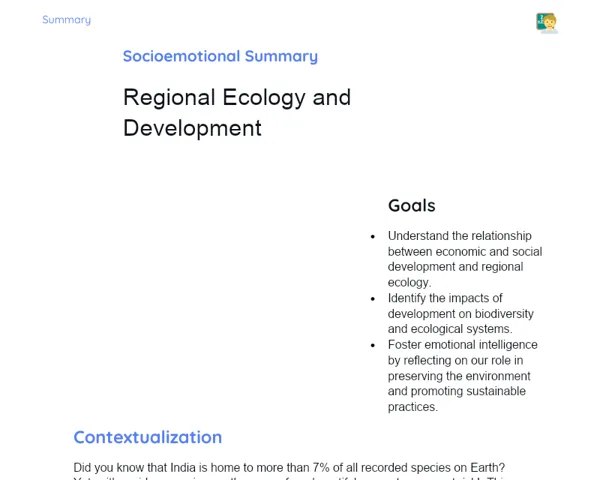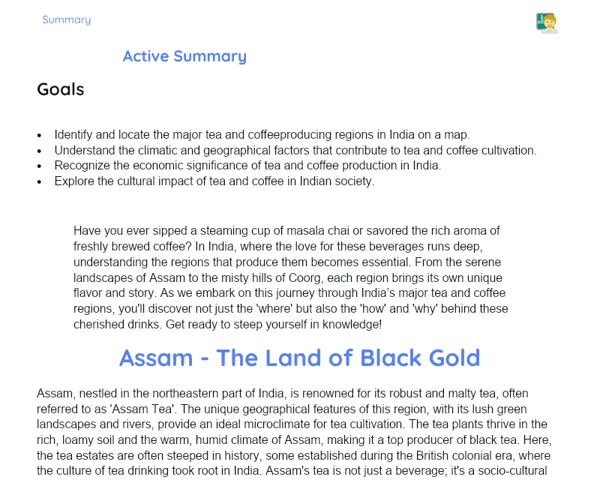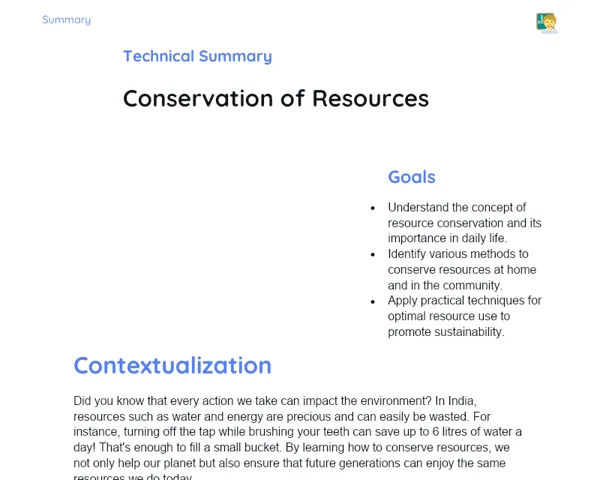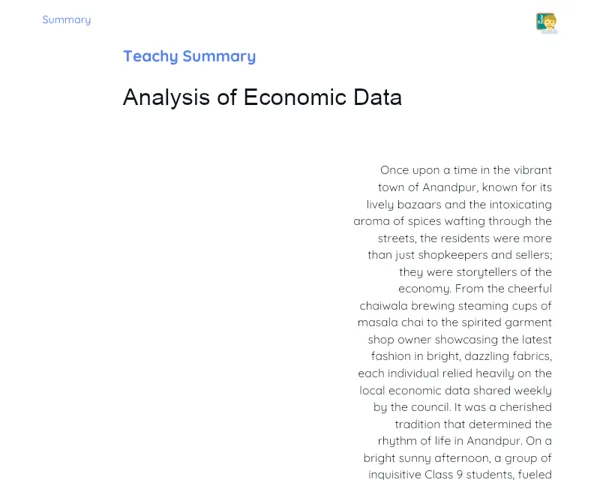Once upon a time in the lush green fields of Punjab, there lived a young boy named Arjun. His small village, nestled between rolling hills and shimmering rivers, was a patchwork of emerald green and golden grains. Arjun was fascinated by the expansive stretches of wheat and rice his family diligently farmed. Every day, he would wander through the fields, feeling the rich, fertile soil beneath his feet and the gentle breeze carrying the scent of fresh earth and blooming mustard flowers. However, he couldn’t ignore the weary faces of the farmers around him, who labored tirelessly, yet struggled to make ends meet. Each evening, as the sun dipped below the horizon, casting a warm golden hue over the land, Arjun would notice the gloomy whispers among the villagers about their diminishing harvests. It was a time when farming relied on traditional practices, the same age-old methods that had been passed down through generations, leaving little room for hope.
One sultry evening, as he sat under the sprawling shade of an ancient banyan tree, listening to the rhythmic hum of cicadas, he overheard the village elders engrossed in a lively conversation. They spoke of a miraculous change on the horizon – a phenomenon called the "Green Revolution." Curiosity piqued, Arjun approached his grandfather, who was known as a wise figure in the village, and asked, "What is this Green Revolution that the elders speak of?" His grandfather's eyes sparkled with enthusiasm as he replied, "Ah, Arjun, the Green Revolution is a remarkable series of innovations in agriculture that began in the 1960s. It brought high-yielding varieties of seeds, chemical fertilizers, and advanced irrigation techniques. Imagine how many more families could be fed if we harness these new ideas! It is like a gift from nature that can fill our granaries and bring smiles back to our faces." Arjun felt a flutter of excitement in his heart, imagining the bounty that could fill their plates and the laughter that could return to their homes.
As the weeks rolled on, Arjun watched in awe as transformation unfolded around him. Farmers began to embrace the new seeds, vibrant and promising, that were developed to thrive in their fertile lands. As they sowed these seeds, the fields burst into life, the once-quiet earth now teeming with vitality. Soon, the harvests doubled and even tripled! The local markets, once sparse and somber, bloomed into a kaleidoscope of colours, overflowing with fresh produce. The scents of ripe tomatoes, golden corn, and fragrant herbs mingled in the air, attracting villagers like bees to blossoms. Economic prosperity flooded into the lives of families who once barely scraped by; they could now afford better education for their children and access to healthcare for their elders. However, amid this growth, Arjun noticed a stark divide emerging in their community.
While some farmers prospered, others, especially the older generation who clung tightly to traditional methods, felt left behind. They couldn’t afford the new seeds and fertilizers, and their livelihoods slipped through their fingers like grains of sand. At village gatherings, whispers of inequality filled the air, tinged with an undercurrent of fear and resentment. Arjun felt a pang of discomfort in his chest. Why should some flourish while others struggled? Determined to bridge this gap, he approached his friends at school with his thoughts on how agricultural techniques could be improved for everyone. They debated passionately under the watchful eyes of their teachers, who encouraged discussions about inclusivity and sustainability in farming practices.
Buoyed by their enthusiasm, Arjun penned an insightful report suggesting ways to educate older farmers about the new techniques, emphasizing community support and cooperation. He proposed a village meeting to discuss these changes collectively, hoping that together, they could weave a stronger tapestry of community resilience. Standing before his peers, his heart raced with a mixture of fear and exhilaration as he shared his ideas. The Green Revolution had not just sown new seeds in the soil; it was planting seeds of change in their minds, fostering conversations about equality, progress, and a shared future. Through this journey, Arjun discovered that the impacts of the Green Revolution extended far beyond agriculture; they encompassed the very essence of their society, threading their lives together in a shared quest for progress and understanding.
In the end, the Green Revolution taught Arjun invaluable lessons about resilience, adaptation, and the importance of a cohesive community. It revealed to him that true progress is not merely about increased harvests but about rising together as one, ensuring that no one is left behind, creating a legacy of hope and unity for generations to come.



